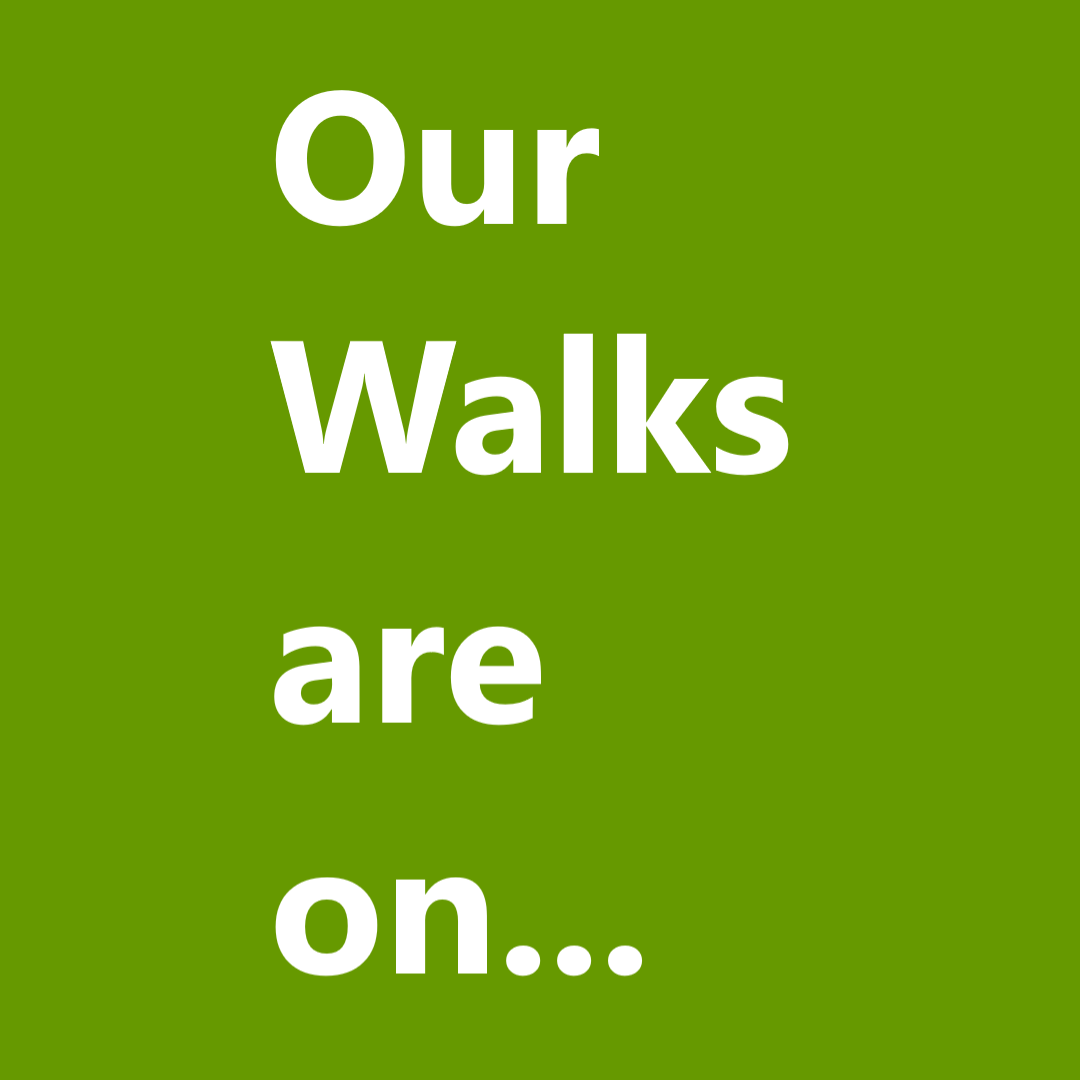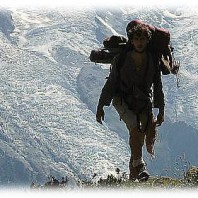Best Hiking Clothing
B
Here we outline the recommended 3-layers’ rule for best hiking clothing:
• First Layer for best hiking clothing – underwear, socks, t-shirt or shirt. They are next to your skin and so must dry quickly and evacuate humidity through your other layers. Cotton is to be avoided and replaced by polyester or mixed fibres.
• Second Layer – a good sweat shirt insulates you from the cold (and possibly wind) and allows your body to breath. Thickness used is a factor of anticipated temperatures for the day. This is an article of clothing that you can easily take off and put back on during walking as and when needed.
• Third Layer – a waterproof jacket, with wind protection and breathability is the ideal balance. Don’t cut costs here, so buy the best you can afford. You will not begrudge it when you need it. On the contrary, you’ll be singing its praises to other under-clad walking partners on route.
Your Backpack
The size of your backpack will depend on the type of hiking in France you plan to do. A 20 to 35 litre pack is sufficient for your day-walking needs if you are on one of our hiking tours which feature short, half-day hikes. However, if you are a connoisseur of fulsome packed lunches, you might like to trade up in size so as to be able to carry all your culinary needs.
On the other hand, you should double the above-mentioned capacity for a full-day’s hiking; especially where backpacking in France is concerned or where you have chosen to opt out of luggage transfers that would ordinarily be included in our walking holidays in France.
We would like to point out that luggage transfers do not cost an arm and a leg and are supplied with a view to lessening the load on such limbs. Why tough it out and risk tiredness and injury, when a mere 10 euros per case per day will liberate you from the grind and allow you to enjoy the walking, and the stops along the way much, much more. No more endless humping it off the floor and dragging it off your back!
Remember, weight is enemy number one of the hiker. The larger you purchase, the more you’ll fill it. Try to ensure that the bag itself weighs no more than 7 kilograms empty. Try it on before buying it, preferably with things inside, to check it fits your shape and size. Make sure it sits nicely on your hips and has plenty of useful little compartments that zip shut.
And one other often-forgotten gem is a water-proof cover for your backpack. If you are lucky, you will hardly ever get the chance to use it; but the one day that the heavens open up, and you finally use it, you will bless your own cotton polyester socks!
Remember, only take what’s necessary! Pack your bag so…- The lightest is at the bottom – NOT AT THE TOP as you may assume;
- The heaviest close to your back;
- The bulkiest is in the centre, and
- The indispensable is at the top.
For further related reading, please see…
![]()


Click to visit The French Hiker’s Guide to Holidaying in the Hexagon and France self-guided walking, trips, trails, places & themes.
